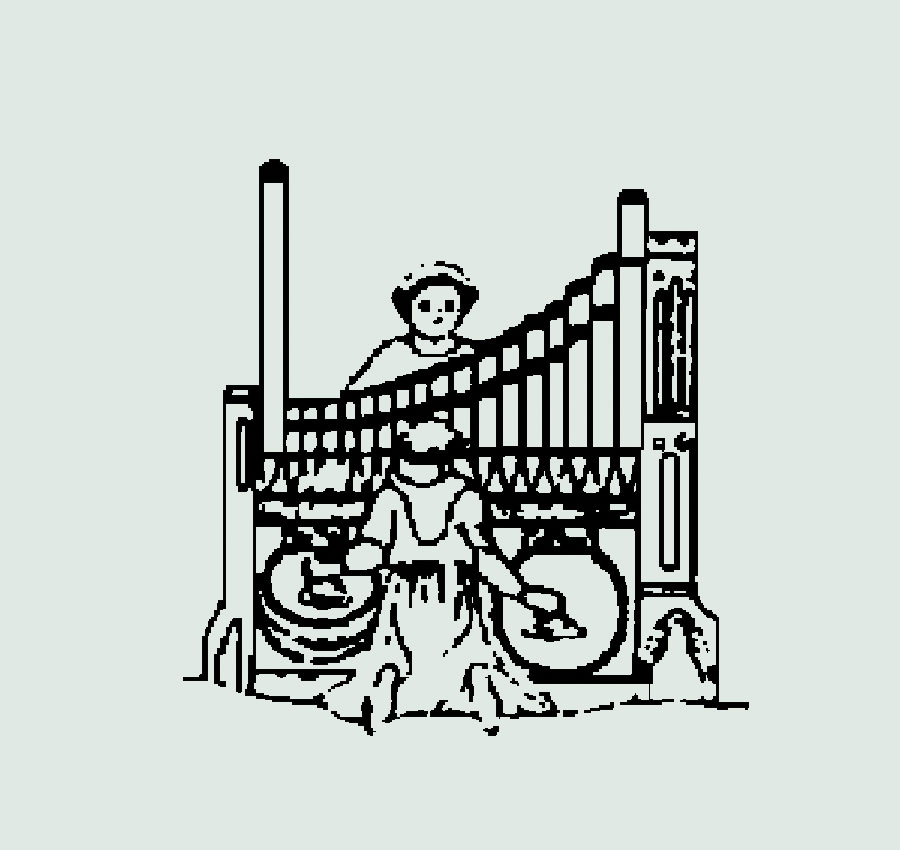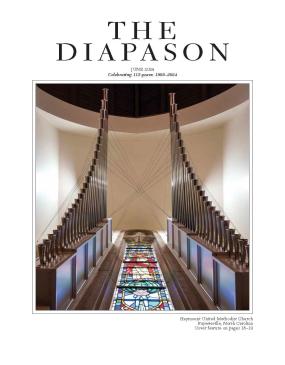How to flip reeds to check for tuning stability
by Herbert L. Huestis

Over the years a number of fascinating articles have
appeared in The Diapason on the subject of organ reeds. Not withstanding a few
of my own, I would like to draw attention to the excellent contribution of
Roland Killinger in 1977, entitled "Reeds with Short-Length
Resonators."This entertaining description of the vagaries of reed
construction and tuning was presented to the American Institute of Organ
Builders by Mr. Killinger, who was at that time, in charge of the Sueddeutsche
Orgelpfeifenfabrik in Freiberg-Beihingen, Germany.

